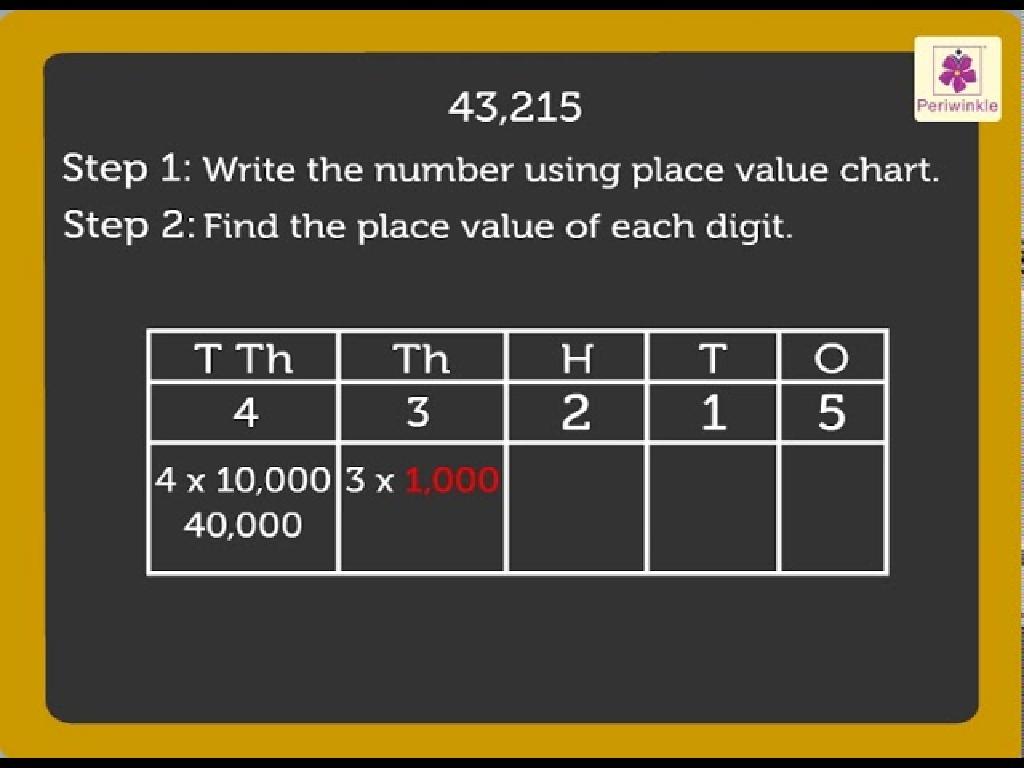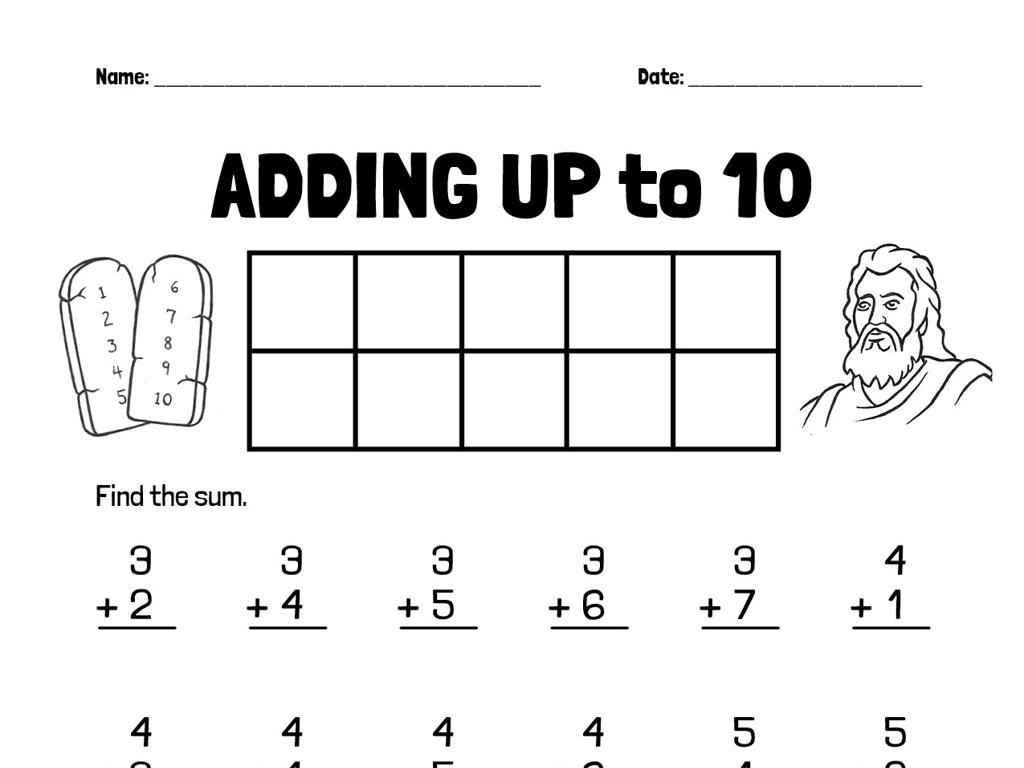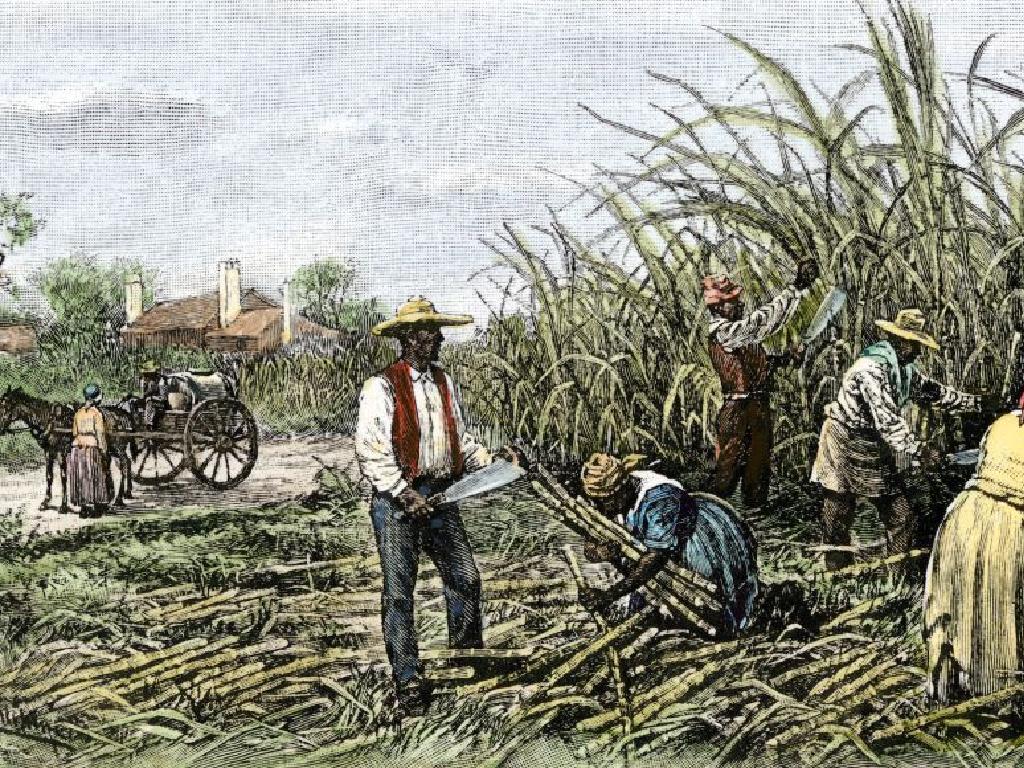The Civil War: The Beginning Of The War
Subject: Social studies
Grade: Eighth grade
Topic: The Civil War
Please LOG IN to download the presentation. Access is available to registered users only.
View More Content
Introduction to the Civil War: A Nation Divided
– The Civil War’s impact on the U.S.
– A pivotal event that shaped America’s history and society.
– Contrast between North and South
– Industrial North vs. Agricultural South, different economies and societies.
– Significance of studying this war
– Understanding the war helps us learn about conflict resolution and the value of unity.
– Reflection on unity and division
|
This slide introduces the Civil War as a critical juncture in United States history, emphasizing the deep divisions between the North and South that led to the conflict. Highlight the contrasting economies, social structures, and political beliefs of the North and South to provide context for the war’s origins. Discussing the Civil War’s importance in the classroom is crucial for students to appreciate the lessons it offers on conflict, the struggle for civil rights, and the ongoing impact on American society. Encourage students to reflect on how division and unity have played roles in shaping our nation’s past and present.
Causes of the Civil War
– Slavery’s role in the conflict
– Slavery was a central issue, leading to sectional discord and secession.
– States’ rights and the war
– Southern states claimed sovereignty, resisting federal laws seen as unfavorable.
– Economic contrasts: North vs South
– Industrial North and agricultural South had opposing economic interests.
– Social disparities and tensions
– Social structures differed, with the South maintaining a plantation-based hierarchy.
|
This slide aims to provide students with a comprehensive understanding of the multifaceted causes leading to the Civil War. Emphasize that while slavery was the central issue, it was intertwined with other factors such as states’ rights, where Southern states felt their autonomy was being compromised by the federal government. Highlight the stark economic differences, with the North being more industrialized and the South relying heavily on agriculture and slave labor. Discuss the social implications of these economic differences, such as the plantation system and class divisions. Encourage students to consider how these factors created a volatile environment that ultimately led to the outbreak of war.
Key Figures and States at the War’s Outset
– Introduce Abraham Lincoln
– 16th U.S. President, led the Union
– Introduce Jefferson Davis
– President of the Confederate States
– Map: Union vs. Confederate states
– Use a map to visualize the division
– Role of border states in the war
– Border states were key due to their strategic locations and resources
|
This slide aims to familiarize students with the pivotal leaders and geographical divisions at the beginning of the Civil War. Abraham Lincoln, as the President of the United States, and Jefferson Davis, as the President of the Confederate States, were central figures in the conflict. A map will help students identify which states were part of the Union and which seceded to form the Confederacy. Emphasize the importance of border states, which were slave states that did not secede, and their critical economic and strategic positions. Discuss how their loyalties were divided and the impact this had on the war’s dynamics. Encourage students to consider how leadership and geography can influence the course of a conflict.
The Outbreak of the Civil War
– Attack on Fort Sumter
– First battle of the Civil War, signaling the start of conflict.
– Public reaction to war’s start
– Mixed emotions of fear, excitement, and a sense of division swept the nation.
– Troop and resource mobilization
– North and South prepared for war by gathering soldiers and supplies.
– Significance of early actions
|
This slide aims to introduce students to the early stages of the Civil War, beginning with the attack on Fort Sumter, which marked the official start of the conflict. Discuss the significance of Fort Sumter as a symbol of federal authority in the seceded states and how its fall to Confederate forces galvanized public opinion and led to a call to arms. Highlight the initial public reaction, which ranged from shock and disbelief to a surge of patriotic fervor, depending on regional loyalties. Explain how both the Union and the Confederacy began to mobilize troops and resources in anticipation of the coming conflict, setting the stage for a protracted war. Emphasize the importance of these early actions in shaping the course of the war.
The Civil War: Early Battles and Realizations
– First Battle of Bull Run overview
– The first major battle, also known as First Manassas, marked a turning point in public perception of the war.
– Early battles’ impact on expectations
– Initial confidence led to shock as the true cost and length of war became apparent.
– Recognition of war’s long duration
– The early optimism faded as both sides prepared for more complex military engagements.
– Anticipating a challenging conflict
|
This slide aims to introduce students to the early stages of the Civil War, focusing on the First Battle of Bull Run, which was a wake-up call for many who believed the conflict would be short-lived. Discuss how the early battles, particularly Bull Run, shifted public expectations from a quick resolution to a prolonged and arduous struggle. Emphasize the importance of understanding how these early engagements set the stage for the years of war that followed. Encourage students to consider how the initial enthusiasm was replaced by the harsh reality of a nation at war with itself. Provide context on how both the Union and the Confederacy had to reassess their strategies and prepare for a conflict much longer and more brutal than they had anticipated.
Life During the Early Civil War Years
– Daily life of soldiers
– Soldiers faced harsh conditions, limited supplies, and homesickness.
– Women’s roles in the war
– Women took on new roles, like nursing, and managing homes/farms.
– Impact on children and schools
– Many children had to leave school to work or help at home.
– Civilian life adjustments
– Civilians dealt with shortages and often supported the war effort.
|
This slide aims to give students a glimpse into the personal side of the Civil War, beyond the battles and politics. Discuss the daily struggles and adaptations of soldiers, such as living in camps, facing diseases, and the emotional toll of war. Highlight the significant contributions of women who stepped into traditionally male roles and provided medical care as nurses. Address the disruption of education for children, many of whom had to support their families or even join the war effort. Explain how the war affected civilians, including economic hardships and changes in social dynamics. Encourage students to empathize with individuals from the past and consider how they would cope with such drastic changes in their own lives.
Class Activity: Analyzing Soldier Letters
– Break into groups for letter analysis
– Discuss war’s emotional & physical toll
– Consider the hardships and struggles described
– Present findings to the class
– Reflect on war’s personal impact
– How might these experiences affect individuals and families?
|
This activity is designed to give students a personal view of the Civil War through the eyes of those who experienced it. Divide the class into small groups and provide each with copies of letters written by soldiers during the war. Guide them to look for descriptions of battle conditions, expressions of feeling, and the daily life of a soldier. After the analysis, lead a discussion on the emotional and physical effects of the war as described in the letters. Each group will then present their main findings to the class, fostering a deeper understanding of the war’s impact on individuals. Encourage students to reflect on how the war affected soldiers and their families on a personal level, promoting empathy and historical insight.






